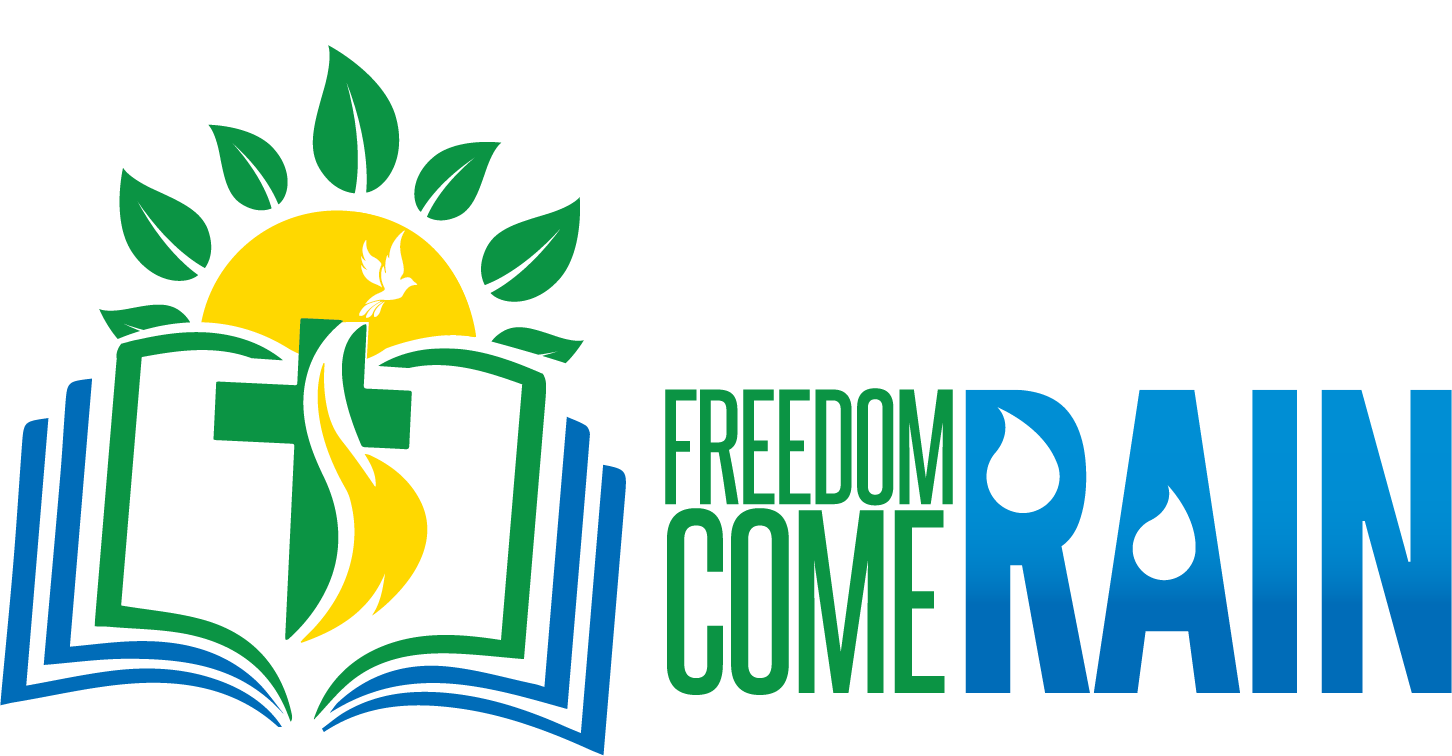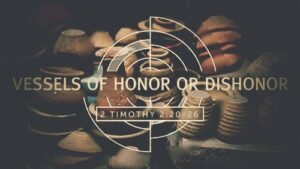By Jascinth Aarons
Celebration of Rosh Hashanah, “the head of the year” or the civil New Year for the Jewish community and its adherents, is in the fall/autumn period, between September and October. This is contrasted with the Biblical New Year that occurs in the spring months, March and April. To avoid confusion, let us look at the concept of multiple “new year” periods.
For most people, the new calendar year starts January 1, but the new financial year for the government (of Jamaica), commences in April. The new school year starts in September, while for some churches their new church year may convene between September and October. Businesses in general start their new year at varying points during the year, usually tied to when the business was birthed.
Looking at some of the Jewish customs: Nissan 1 is the new year for the purpose of counting the reign of kings and months on the calendar; Elul 1 (in August) is the new year for the tithing of animals; Shevat 15 (in February) is the new year for trees (determining when first fruits can be eaten); and Tishri 1 (Rosh Hashanah) is the new year for years (when we increase the year number, such as 5783 going over to 5784. Sabbatical and Jubilee years begin at this time). Having brought it all into context, hopefully we can lay to rest any concerns about the multiple new year periods observed by the Jews. (https://www.jewfaq.org/rosh_hashanah)
As many people use the commencement of the calendar/Gregorian New Year as a time of reflection on the past and making resolutions for the future; a similar position is taken with the Jewish New Year. It is a time to begin introspection, looking back at the mistakes of the past year and planning the changes to make in the New Year, starting at Rosh Hashanah, continuing through the Days of Awe, and Yom Kippur.
Yom Kippur, which is a day of fasting, is the holiest day of the year, and is said to be a day when we are closest to God and to the essence of our souls. Yom Kippur means “Day of Atonement,” as Leviticus 16:30 states in Jewish text, “For on this day He will forgive you, to purify you, that you be cleansed from all your sins before God.”
HISTORY OF YOM KIPPUR
You may now be asking “how did Yom Kippur come about”? After the Israelites were delivered from Egyptian bondage by Moses, God told him to ascend Mt. Sinai, to receive what is now known as “the Torah.” While Moses appeared to be delayed, the people started to miss the lifestyle to which they were accustomed in Egypt and built a replica of one of the Egyptian gods as a reminder. It was bad enough that they built this golden calf but they compounded their sin by worshipping it. Moses had to ascend Mount Sinai and pray to God to forgive them, because God was going to wipe them out. Moses’ petition before God allowed full Divine favour to be obtained. The day Moses descended from the mountain (the 10th of Tishrei) was to be known forevermore as the “Day of Atonement”—Yom Kippur. However, the Torah actually calls it Yom HaKippurim, or ‘The Day of the Atonements’ (plural).
THE DAYS OF AWE – EARNEST REPENTANCE
Earlier, reference was made to the Days of Awe: a 10-day period that starts after Rosh Hashanah and leads up to Yom Kippur. Traditionally, Rosh Hashanah, while a day of celebration, is also a day of judgement when God opens His book, examines our deeds, and decides who will live, who will die, who will have a good life, and who will have one filled with troubles.
While it is believed that God makes His decree on Rosh Hashanah, that decree is not sealed in the Book of Life until Yom Kippur. During these Days of Awe (Yamin Nora’im), one will repent of their sins of the past year, ever mindful that God is a righteous judge; all His ways are just and true. He will reward the righteous and not allow the wicked to go unpunished. (Psalm 58:11 and Daniel 12:1)
A more common name for this 10-day period is the 10 Days of Repentance (Aseret Yemei Teshuvah). It is customary during these 10 days to spend time getting right with God and with our fellow man.
TRADITIONS AND PRACTICES
Yom Kippur is the culmination of the “Days of Awe”. It is a complete Sabbath, on which no work is to be performed. This is a day when one is supposed to refrain from eating and drinking (even water). It is a complete, 25-hour fast beginning before sunset on the evening before Yom Kippur and ending after nightfall on the day of Yom Kippur. The Talmud (the central text of Rabbinic Judaism and the primary source of Jewish religious law [halakha] and Jewish theology) also specifies additional restrictions that are less well-known: washing and bathing, anointing one’s body (with cosmetics, deodorants, etc.), wearing leather shoes, and engaging in sexual relations are all prohibited on Yom Kippur. People will also wear white on that day.
While fasting is a good way to afflict one’s soul, the commandment is not necessarily to fast but rather to afflict one’s soul from the evening ending the ninth of the month to the evening ending the tenth (Lev 23:32). As always, especially if fasting, the restriction can be lifted where a threat to life or health is involved. If one’s medical condition restricts fasting, then other forms of self-affliction, such as wearing sackcloth next to the skin, still fulfil Yahweh’s commandment to afflict one’s soul.
The day is spent in prayer in the synagogue, where five prayer services are held:
- Maariv, with its solemn Kol Nidrei (annulment of vows) service on the eve of Yom Kippur;
- Shacharit, the morning prayer, which includes a reading from Leviticus, followed by the Yizkor memorial service (a special memorial prayer for the departed);
- Musaf, which includes a detailed account of the Yom Kippur Temple service;
- Minchah, which includes the reading of the Book of Jonah;
- Neilah, the “closing of the gates” service at sunset, followed by the shofar blast marking the end of the fast.
Beyond specific actions, Yom Kippur is dedicated to introspection, prayer, and asking God for forgiveness. Even during the breaks between services, it is appropriate to recite Psalms at every available moment.
At the end of the Neilah, the participants then partake of a festive after-fast meal, making the evening after Yom Kippur a yom tov (festival) in its own right. Although Yom Kippur is the most solemn day of the year, it is suffused with an undercurrent of joy; it is the joy of being immersed in the spirituality of the day and expresses confidence that God will accept our repentance, forgive our sins, and seal our verdict for a year of life, health, and happiness.
There is a custom that after Yom Kippur, to immediately begin (planning) construction of the sukkah, which will be used for the joyous holiday of Sukkot, which follows in just five days.
Yom Kippur will be held in the Jewish Year 5784: sunset September 24, 2023 – nightfall September 25, 2023.
Listen out on TBC radio, 88.3/.9 for the observances that will be held at 51 Molynes Road, Kingston 10. Shalom.
_____________________________
Contact: [email protected]
Sources: www.jewfaq.org/yom_kippur and
nazareneisrael.org/book/torah-calendar/the-day-of-atonements-yom-kippur/






